Top 9 Most Beautiful Historical Sites in Rwanda
This is the first thought that comes to mind upon entering the region of a thousand hills. The vibrant culture of Rwanda tells volumes about what lies behind ... read more...its stunning terrain, which is home to a diverse civilization. Let’s discover the most beautiful historical sites in Rwanda with Toplist now!
-
The Nyamata Genocide Memorial, located 30 kilometers (19 miles) south of Kigali in Rwanda, commemorates the 1994 Rwandan genocide. 50,000 people's skeletons are interred here. The genocide in Rwanda began in April 1994. Many Tutsi people congregated here because churches were seen as a safe haven. A crowd of 10,000 people gathered here, and the residents barricaded themselves inside. Today's church walls indicate how the culprits drilled holes in the church's walls so that grenades could be hurled inside. This is one of the most beautiful historical sites in Rwanda.
The victims inside were then shot or macheted to death. Bullet holes can be seen in the church's ceiling, and the altar fabric is still soaked with blood. The majority of the bodies have been buried, but clothing and identification cards have remained. The identity cards were used to determine whether a person was a Tutsi or a Hutu. Following the church massacre, others in the surrounding region were also killed. 50,000 people's skeletons are interred here.
The memorial is built around a former church about 30 kilometers (19 miles) south of Kigali, Rwanda, and remembers the 1994 Rwandan genocide. The Rwanda Genocide is commemorated at this memorial, which is one of six national memorial sites in Rwanda. In Rwanda, there are about 250 memorial sites dedicated to the genocide.
Location: Kigali
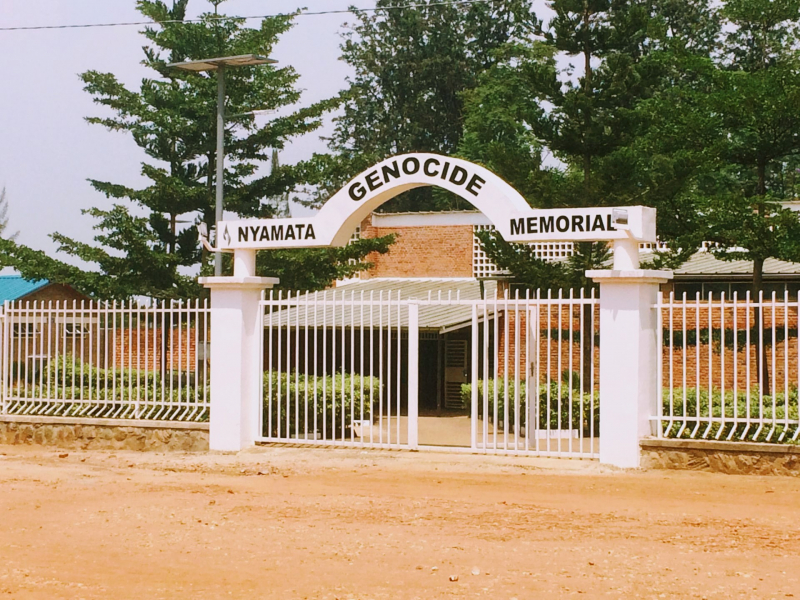
Source: Wikimedia Commons Source: FlightTravels -
The Camp Kigali Memorial in Kigali, Rwanda's capital, is where ten Belgian UN peacekeepers were assassinated by Hutu extremists in order to force the UN forces to retreat, allowing the Rwandan genocide to begin in full force. Belgium, of all countries, was the only first-world nation willing to contribute professionally equipped soldiers to the UN mission in Rwanda (UNAMIR) when it was established in 1993. This was unfortunate given that Belgium was also a former colonial power in Rwanda until 1962, when Rwanda gained independence.
The gate to the facility, which used to be part of an army base, is permanently swung 90 degrees out of the way by an old barrier boom. A cluster of single-story buildings and a tiny memorial garden can be found beyond in Camp Kigali Memorial.
This is the actual memorial's focal point, with 10 dark gray granite columns, one for each of the soldiers that died. The age of the troops is indicated by a number of notches on the side majority were in their twenties at the time of their deaths. Their initials are chiseled into the bottom, allowing you to compare them to memorial plaques on a nearby wall that list their full names.
Location: Kigali
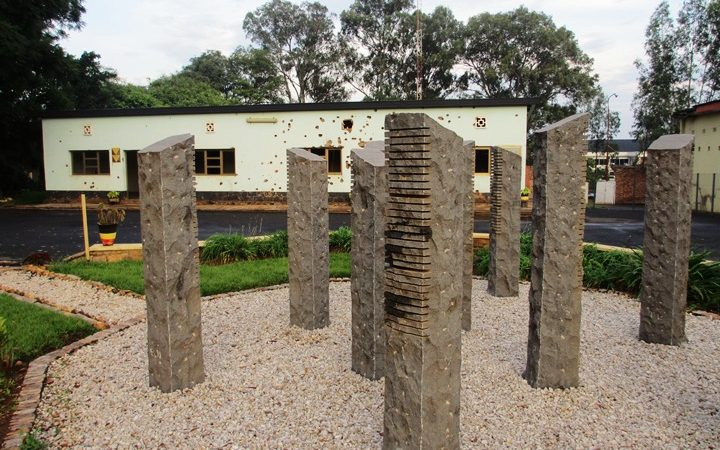
Source: Rwanda Safaris Source: FlightTravels -
Explore the cosmopolitan milieu of Kigali's Muslim Quarter, one of the city's oldest sections. This neighborhood is dominated by a modern, vibrant green-and-white mosque, which is surrounded by tailor shops, hair salons, restaurants, mini-markets, and recording studios. Take in the city's buzz, wander through a souk, and get a sense of Africa's Arab influence. The region is also one of Kigali's most busy areas, with wonderful views of the city.
Because of its green and white minarets, it is called and better known as the "Green Mosque." It was formed in the late 1930s, when Muslim merchants first arrived in Rwanda and began living in the Kigali suburbs. It quickly rose to prominence as a major center for learning Islamic doctrines and the holy book Quran. This is one of the most beautiful historical sites in Rwanda.
Operational this section is enjoyable to stroll through at any time of day. Many small stores, cafes, and pubs influenced by Arab culture can be found here.
Location: Kigali
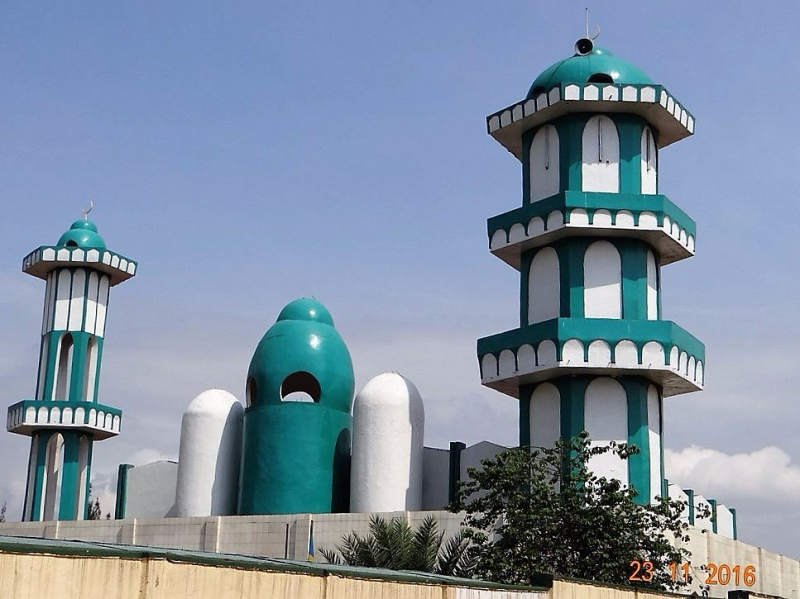
Source: TripAdvisor 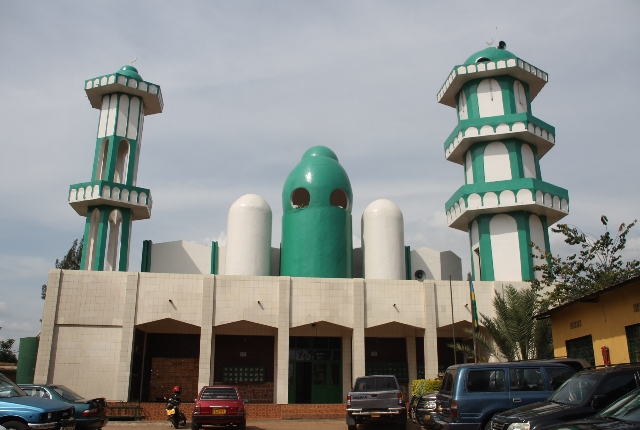
Source: traveltourxp -
The original goals of Fossey's establishment of Karisoke were to research gorilla ecology, demographics, and social organization. She found herself hunting for and attempting to study these elusive animals for days on end, despite clues that poachers and other human intruders had gone before her. Fossey discovered that in order to research gorilla ecology and behavior, she needed to be able to recognize individual gorillas, which meant the gorillas had to become acclimated to her presence, or habituated.
The Dian Fossey Gorilla Fund now runs the Karisoke Research Center, which employs more than 100 skilled gorilla trackers who protect almost half of Rwanda's mountain gorillas on a daily basis. With more than 300 scientific publications based on data collected at Karisoke and one of the largest databases on any wild animal, as well as education and community programs that reach tens of thousands of people in the region each year, it is the world's center for gorilla conservation and science.
In addition, because the gorillas' habitat includes many other significant species of animals and plants, Karisoke's scientific efforts have been broadened to include studies on the region's biodiversity.
Location: Viruga
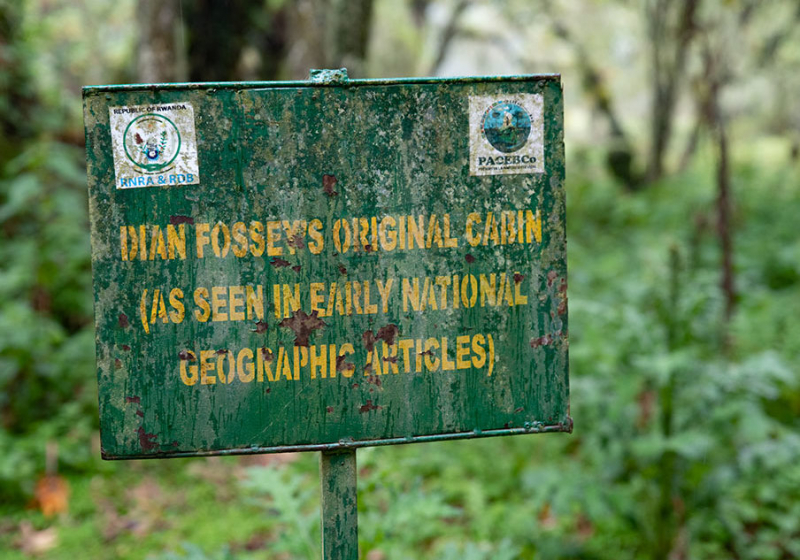
Source: governors camp Source: Dr Alan Goodall -
Kigali City Tower, one of the most beautiful historical sites in Rwanda, is a high-rise mixed-use office and retail complex in Kigali, Rwanda's capital. The complex comprises a 20-story tower, the country's highest, a four-story commercial center, and a parking block, with leased office space and retail outlets distributed between them. Nakumatt grocery, Bourbon Coffee, and a four-screen theater are among the major retailers. The structure was designed by Rwandan businessman Hatari Sekoko and built by Chinese experts on the site of a disused bus stop. The construction Kigali City Tower began in 2006, and it was completed in 2011.
President Paul Kagame has worked to convert Rwanda from a poor country relying on subsistence agriculture to a middle-income country with a strong service sector since taking office in 2000. Between 2004 and 2010, this program of liberalizing the economy, privatizing state-owned companies, and eliminating red tape for businesses resulted in an annual GDP growth rate of 8%. As the need for office and urban residential space has grown, the building industry has exploded. The structure is made up of three parts: a 20-story tower, a 4-story commercial center, and a 4-story parking garage.
Location: Kigali
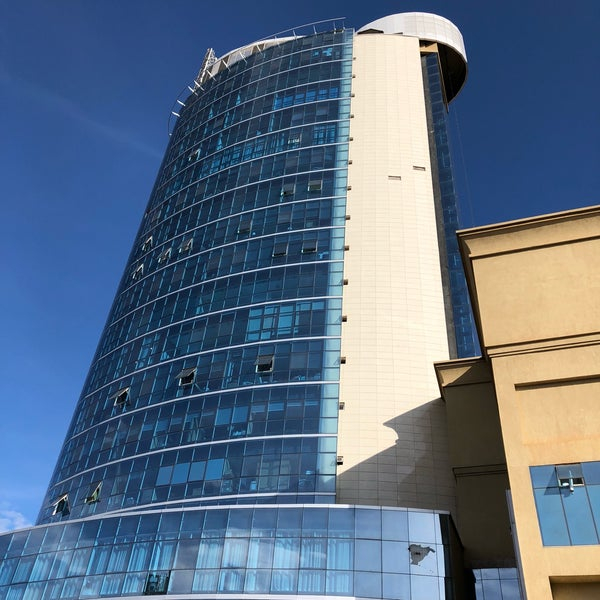
Source: Foursquater Source: Donald Keeya -
The Amahoro Stadium, also known as the Amahoro National Stadium, is a multi-purpose stadium in Kigali, Rwanda. It is located in the Gasabo neighborhood. It is Rwanda's largest stadium, with a capacity of 25,000 people, and it holds football matches, concerts, and other events. The tenants are the football clubs Armée Patriotique Rwandaise F.C. and Rayon Sports F.C. Rugby union matches are occasionally held at the facility. Amahoro Stadium was a temporary "UN Protected Site" during the Rwandan genocide in 1994, housing up to 12,000 mostly Tutsi refugees.
The stadium was built for US $21 million by the China Civil Engineering Construction Corporation. Construction of the building began in March 1984 and ended in January 1989.
The Rwandan Civil War began in 1990, when President Juvenal Habyarimana's government forces clashed with the Rwandan Patriotic Front (RPF), a Tutsi rebel group. The war came to an end in 1993 with the signing of the Arusha Accords, which gave the RPF posts in the Broad-Based Transitional Government (BBTG) and the national army, as well as a UN peacekeeping mission. The headquarters were officially opened on November 17, 1993, with Dallaire and President Habyarimana in attendance.
Location: Kigali
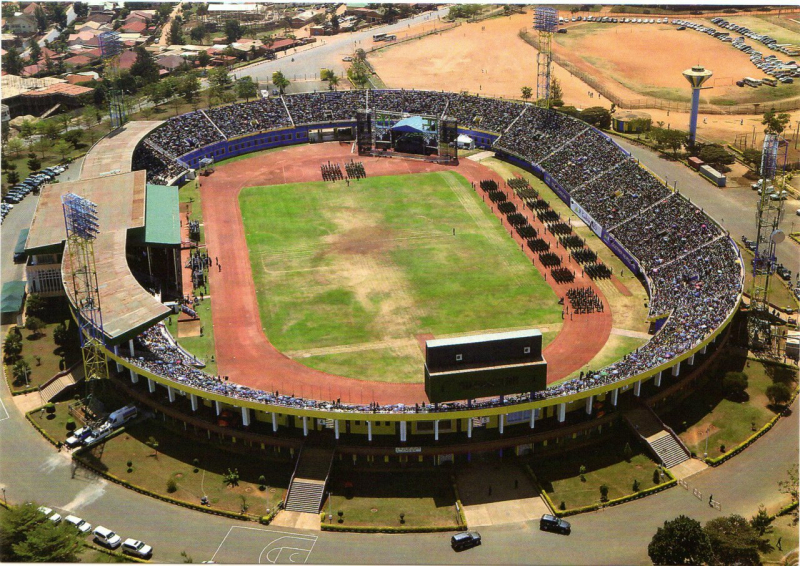
Source: Reddit Source: UMUCO WACU TV -
One of the most beautiful historical sites in Rwanda, the Gisozi Genocide Memorial Centre is one of the destinations to visit when it comes to places that best preserve Rwanda's heritage, especially its dark past. It's an astonishing but sad place that graphically depicts Rwanda's tumultuous past.
One may have read all the stories and possibly seen movies about the 1994 Genocide against the Tutsi, in which over one million people were killed, but when one encounters the reality of the genocide when visiting the Genocide Memorial Site, it is a completely different story.
Indeed, Gisozi Genocide Memorial Centre is a place that deserves a visit for a better understanding of Rwanda's history and to appreciate how far the country has come, from the beautiful and extensive gardens to the quiet memorial building with walls covered with hundreds of thousands of names of people whose remains were laid to rest at the site.
Reports of systematic mass murder in Rwanda began to seep out of Rwanda in April 1994 and circulated across the world. There was little that could be done to stop the genocide. The genocide was portrayed to outsiders as a tribal-based ethnic conflict, with Tutsis as victims and Hutus as perpetrators. It's impossible to say exactly how many individuals were murdered; estimates range from 500,000 to over a million. The number of individuals murdered is usually estimated to be in the 800,000 range.
Location: Kigali
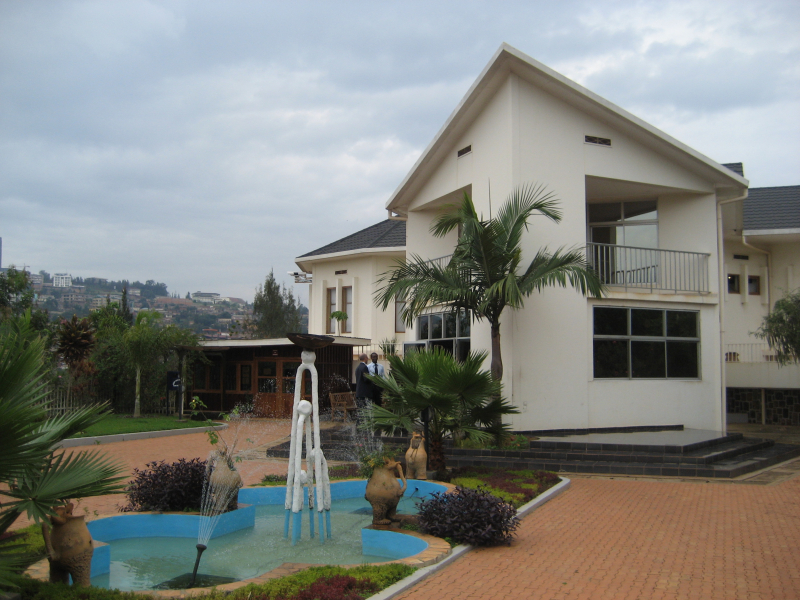
Source: Wikipedia Source: Donald Rallis -
Natural Hot Springs is located in Kivu, Rubavu District, and is known as Amashyuza. The water is inherently heated and might even boil when it emerges from the ground. These waters are one of the district's glories; locals believe the hot springs have medicinal properties and that they can cure a variety of maladies. Those who have the opportunity to visit have a good time cooking and eating items like Irish and sweet potatoes, as well as bananas.
In Natural Hot Springs, the water serves as a natural therapy for health problems such as the flu and rheumatic disorders, as well as stimulating the immune system, in the cooler portions of the springs where visitors are permitted to soak. The allure of Lake Kivu is also a chance for many Gisenyi inhabitants to make a living in the tourism business. A wide range of services are accessible in Gisenyi and throughout the lake. Amashyuza, for example, is known for its massages. Thacien Habimana, a 28-year-old massage therapist at the hot springs, says he grew up in a village near Lake Kivu and used to go fishing and canoeing often.
Location: Rubavu
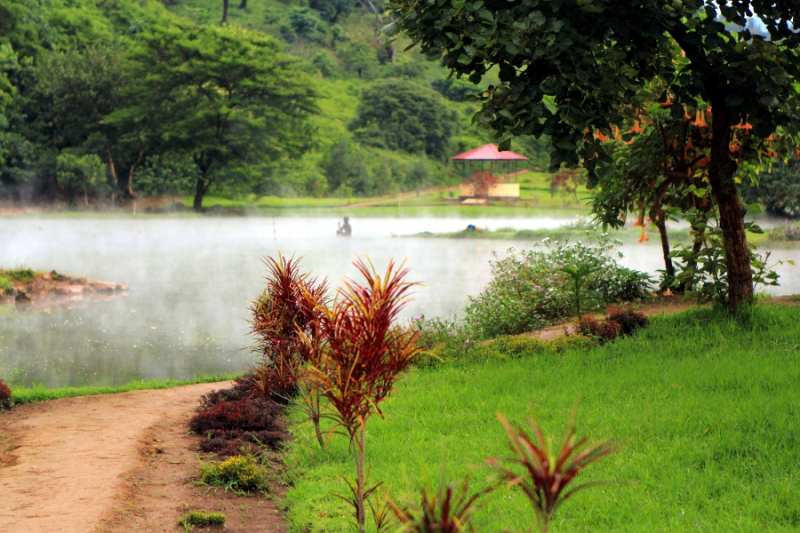
Source: gorilla trekking uganda from kigali 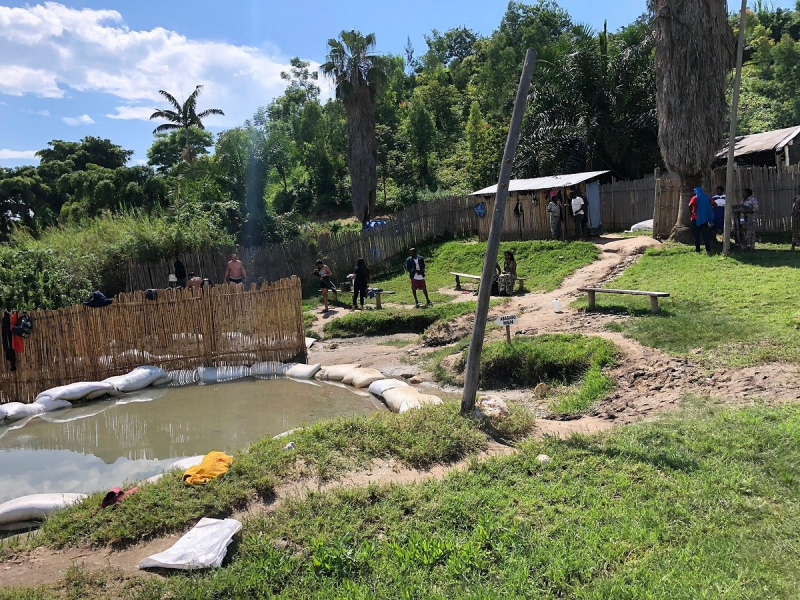
Source: TripAdvisor -
Kigeli V Ndahindurwa was Rwanda's last ruler, reigning from July 28, 1959, until the country's monarchy was abolished on September 25, 1961, just before the country gained independence from Belgium. Following a brief period of wandering after fleeing Rwanda, the titular King spent the last years of his life in exile in Oakton, Virginia, United States. He was best known in exile for founding the King Kigeli V Foundation, which promotes humanitarian activities for Rwandan refugees. He was also known for his efforts to preserve his formerly reigning royal house's dynastic and cultural heritage, which included noble titles, dynastic orders of chivalry, and other distinctions.
Nyanza's King Mutara III Rudahigwa was created as a palace for the King, but he died before he could move in, so it was converted into an art museum. It is situated at the summit of the Rwesero hill in Nyanza, in the Nyanza District of Rwanda's Southern Province. The former king's house is located in Nyanza. The Belgians built the Palace of King Mutara III Rudahigwa in the 1930s, which houses Rwanda's royal history. Despite the fact that much of the palace's furnishings were destroyed in 1994, the house still has three sitting rooms, one of which was used to receive solely white visitors.
Location: Nyanza
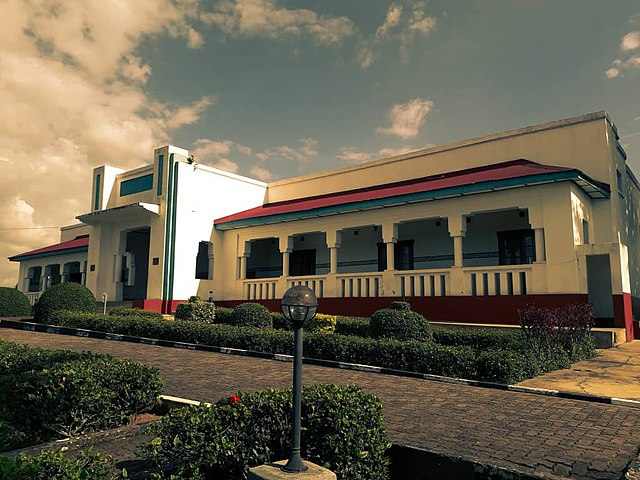
Source: Wikipedia 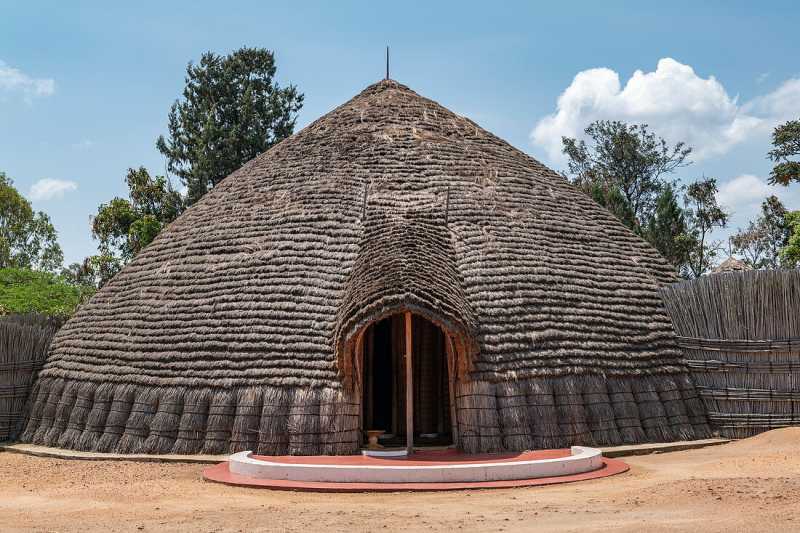
Source: lookphotos






























